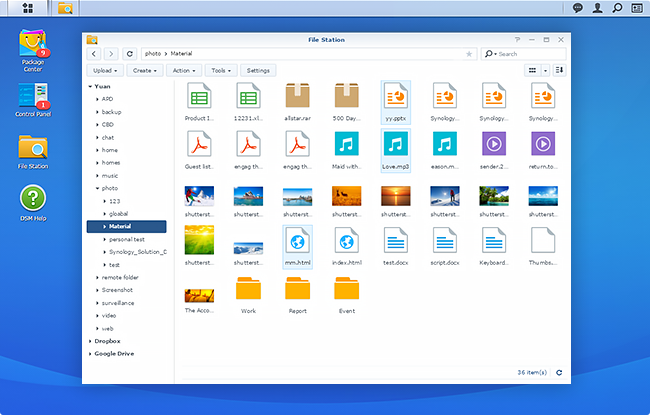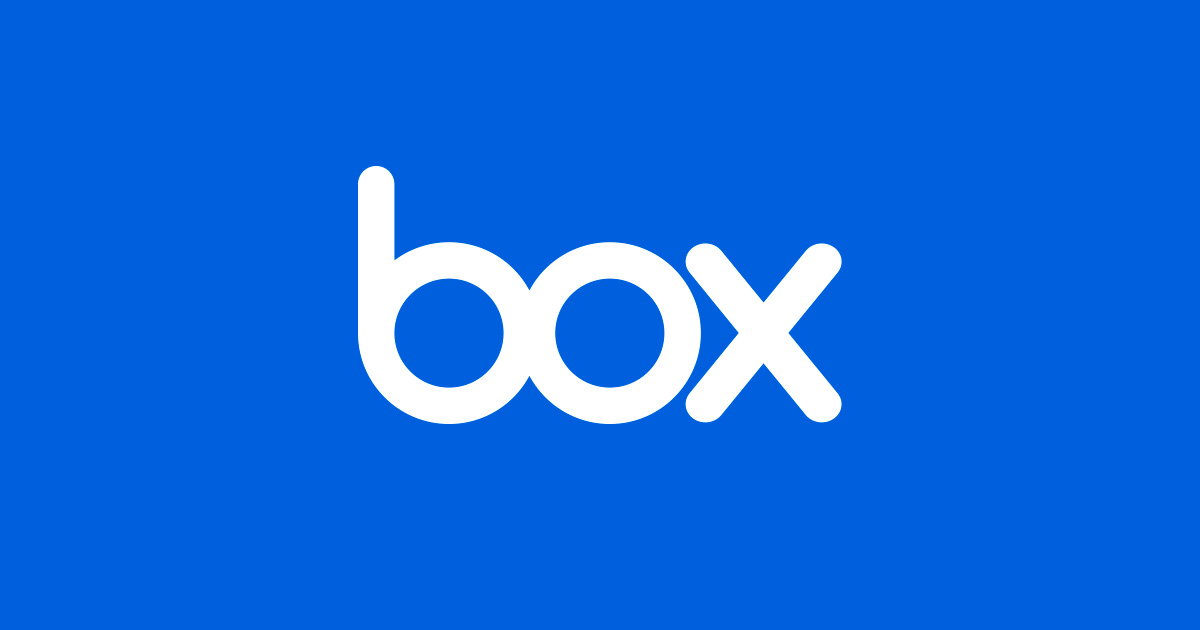
- #Cloud file sharing software install#
- #Cloud file sharing software android#
- #Cloud file sharing software password#
- #Cloud file sharing software Pc#
Road warriors will appreciate SugarSync’s support for all the major mobile platforms, including BlackBerry and Symbian. You can also open a file stored on a remote computer, edit it, and save it back to that computer without consuming permanent storage space on the computer you’re using. Obsessive-compulsive types will love SugarSync File Manager’s ability to organize scattered files and folders from numerous synced devices into a single handy window on your desktop.

Rather than limiting file syncing to one virtual folder, SugarSync lets you sync any folder on your PC, including your Desktop folder.
#Cloud file sharing software android#
The iOS apps pick up the slack here (although the absence of Android support is annoying), but why take away a useful feature that’s already built? SugarSyncĪs sweet as its name, SugarSync is like Dropbox with extra toppings. The company also zapped a feature that enabled users to publish their photos to SkyDrive through email. If neither of those limitations is a deal breaker for you, Dropbox is a strong contender. You also can’t upload files to your Dropbox account via email.
#Cloud file sharing software password#
On the downside, when you share a folder, you can’t set a password or give some people permission to edit files while withholding permission from others.
#Cloud file sharing software Pc#
torrent file to Dropbox, and your home PC will begin downloading that file the next time Dropbox syncs. Then, while you’re at work or traveling, use your remote PC to copy the. First, set your BitTorrent client on your home PC to monitor a folder on your Dropbox account and to automatically open any. For example, you might integrate it with a BitTorrent client so that you can download torrent files remotely. And the tech-savvy can come up with a million and one creative ways to use Dropbox. One great feature: Dropbox keeps a history of file changes, so you can roll back to a previous version at any time. Pestering your family and friends to open accounts will earn you a 500MB bonus per referral, up to an additional 16GB. If you want more, you have to pony up for a paid account prices range from $10 per month for 100GB to $50 per month for 500GB. On a free account, you get only 2GB of storage. Changes upload in real time, so you need never worry about working with an outdated file. The folder acts just as any other folder does, except that it automatically uploads and syncs the files that you put in it to your online account.
#Cloud file sharing software install#
Install the service on your PC, and it plops a virtual folder on your desktop. Simplicity is one of Dropbox’s greatest strengths. Box also provides the option of restricting file previews or downloads, but you’re not allowed to set passwords or automatic expiration dates unless you have a paid account.

With a Personal account, you can share your files with other people, with or without giving them editing privileges, and you can restrict sharing to collaborators only. Personal accounts of up to 5GB are free if you need more space, Box offers 25GB for $10 per month and 50GB for $20 per month-that’s the least bang for the buck among the five services in this category. The user-admin console, for example, lets an IT administrator add users and manage their settings in bulk.

Paying unlocks a truckload of enhancements, including Google Apps integration and other tools that business users will find practical. Anyone can register an account with Box and begin using it for free, but to take advantage of its robust collaboration and security features, you must open a paid Business or Enterprise account starting at $15 per month, per user (minimum of three users).


 0 kommentar(er)
0 kommentar(er)
